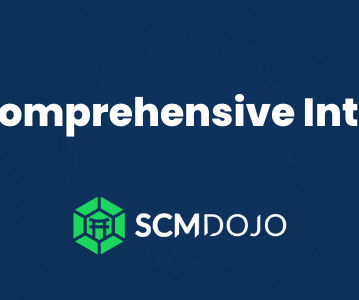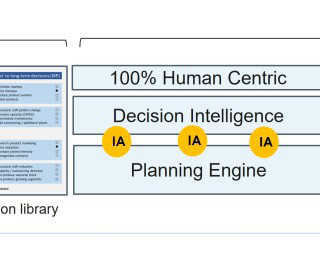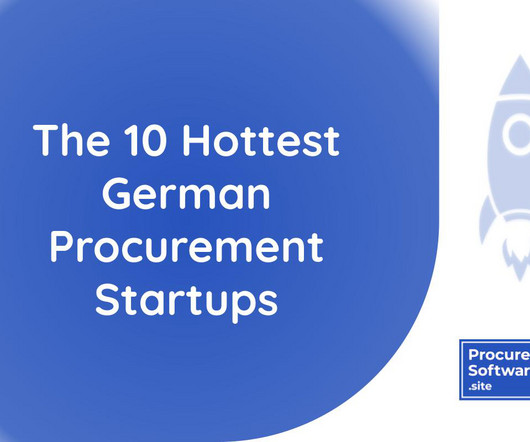Streamlining supply chain management: Strategies for the future
IBM Supply Chain Blog
FEBRUARY 19, 2024
Why supply chain management matters Supply chain management involves coordinating and managing all the activities involved in sourcing , procurement, conversion and logistics. To mitigate these risks , companies need the resources and technology to develop robust contingency plans.


















Let's personalize your content